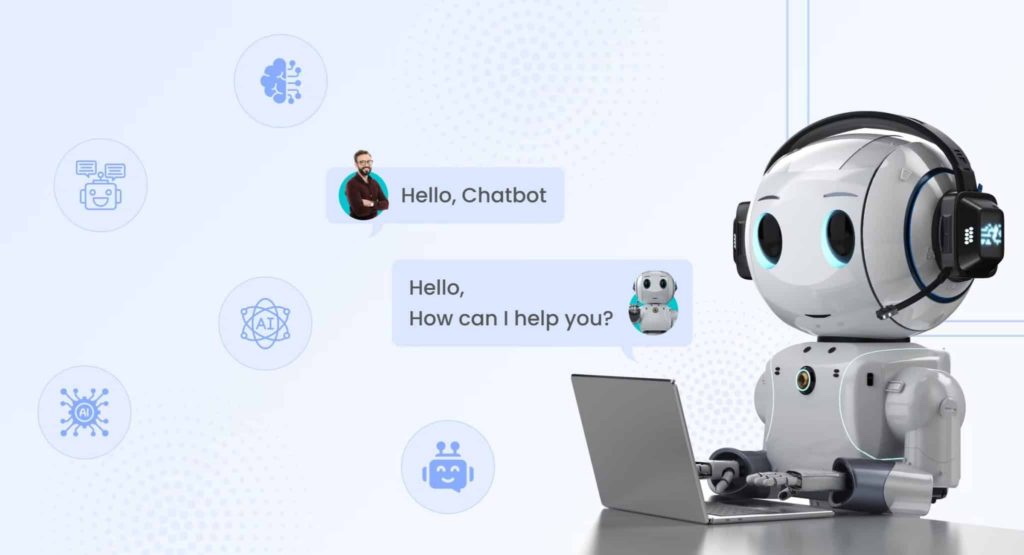To solve problems effectively, we need fresh thinking. AI for strategic innovation can help, but too often it’s used predictably. You input information, AI generates a response, and you accept it. But often, that response is just a rehash of existing ideas—it doesn’t create strategic value.

AI should be a strategic partner, not just a quick-answer tool. Imagine AI as an office mate who always has to answer your questions, ready to engage and dig deeper. This is how you build a strategic foundation and turn generic ideas into unique opportunities.
Use AI to frame problems, analyze perspectives, and add depth to your strategy. This transforms AI from a basic assistant into a key strategic partner.
Michael Porter said, “The essence of strategy is choosing what not to do.” Apply this mindset when using AI—go beyond easy answers, resist validating biases, and use AI to clarify, expand, and stress-test ideas to build a differentiated strategy.
Challenge the Obvious
AI often gives predictable answers. True innovation means challenging these and considering unconventional approaches.
Step 1: Clarify the Basics
AI simplifies complex concepts. In product strategy, this means distilling a concept to its core. If you can’t explain it simply, you need a better grasp. Use AI to articulate your thoughts and find gaps.
Step 2: Push Back on AI’s Suggestions
The first answer from AI is rarely enough. Real value comes from going deeper. Challenge the obvious, explore unconventional possibilities, and use AI to question assumptions and consider new scenarios.
Step 3: Expand Beyond the Basics
AI provides a starting point, but you need to go further. Use AI to explore different perspectives, consider personas, and reframe solutions. Expand your thinking to avoid missing key details.
Step 4: Stress-Test Your Ideas
Bridging strategy to execution is key. Use AI to rigorously test and refine your concepts. AI can simulate scenarios to assess weaknesses and strengths.
Add Depth to Problems
AI helps deepen understanding of business challenges. For example, using storytelling frameworks like hero or Disney narratives helps communicate both the problem and solution in a more compelling way.
To be more effective in discovery, strategy, marketing, and growth, use frameworks like:
- User Persona Development: AI synthesizes user research into detailed personas.
- Jobs to Be Done (JTBD): AI clarifies customer goals and insights.
- Product Opportunity Mapping: AI identifies market gaps by analyzing unmet needs.
- Value Proposition Canvas: AI aligns your product’s value with customer pains and gains.
- Porter’s Five Forces: Use AI to assess the competitive landscape by analyzing supplier power, buyer power, competitive rivalry, threat of substitution, and threat of new entrants.
These frameworks ensure that your exploration with AI is structured, setting a solid foundation for well-informed decisions.
Key Takeaway
AI is a powerful ally. It can validate the predictable but also help you think beyond the obvious. Use AI to ‘show your work’—explore assumptions, consider new angles, and apply frameworks for smarter decisions.
Different AI tools serve different purposes:
- ChatPRD: Thanks to Claire Vo for creating this tool to help structure product requirement documents.
- ChatGPT: Great for brainstorming and drafting. Use it to refine ideas and ask for different perspectives.
- Claude: Useful for deeper discussions, understanding broader contexts, and exploring “what if” scenarios.
- Perplexity: Ideal for market analysis and trend understanding. Use it for deep data dives.
Use these tools in combination: brainstorm with ChatGPT, explore context with Claude, and validate with Perplexity.
Let’s challenge predictability, embrace uncertainty, and push ourselves toward innovative thinking.
Ready to unlock AI’s full potential for your business?
Learn how Metova can help you leverage AI to drive innovation and build transformative strategies. Contact us today to start redefining your approach.

